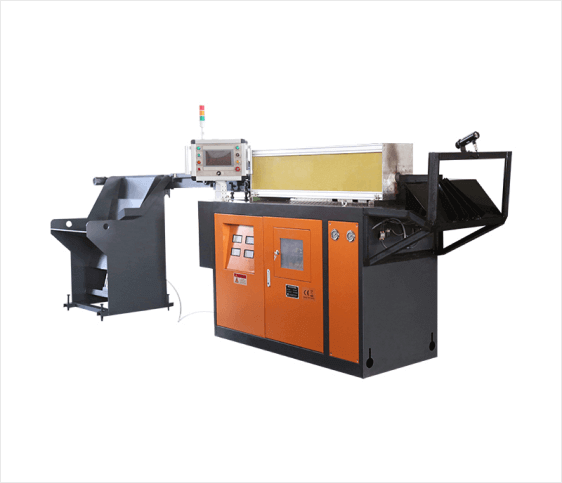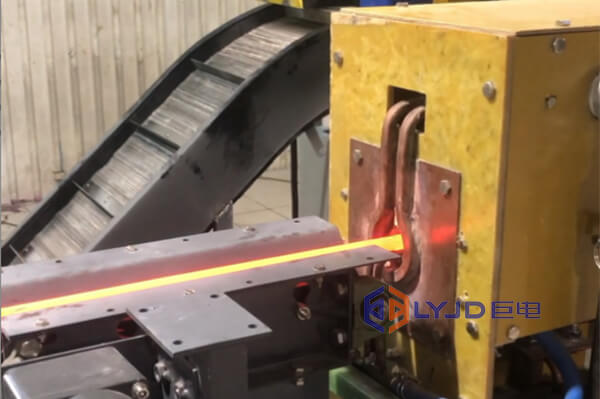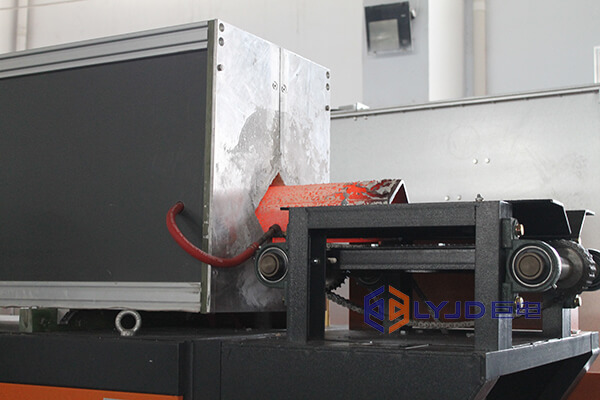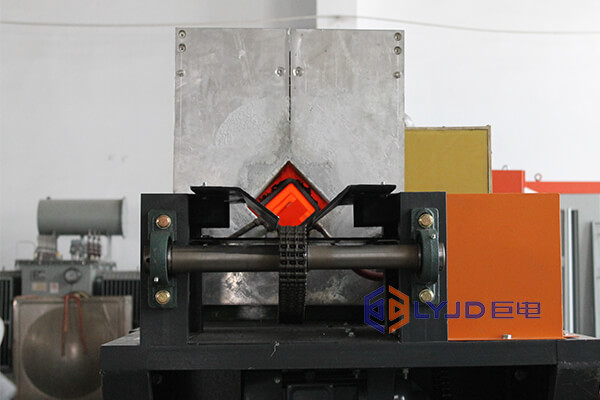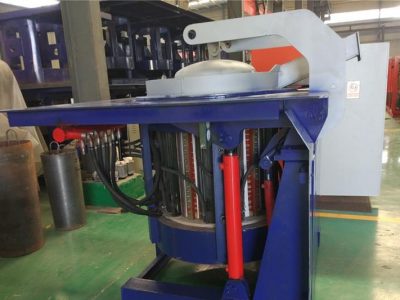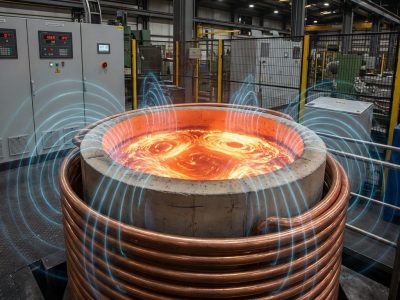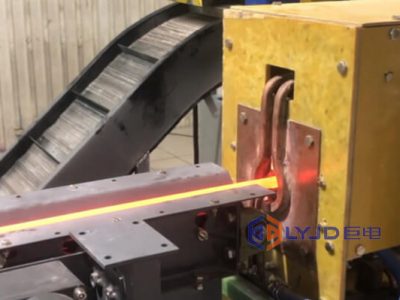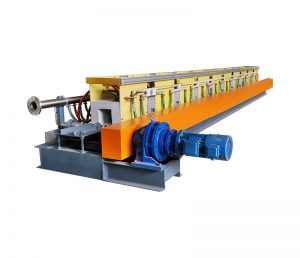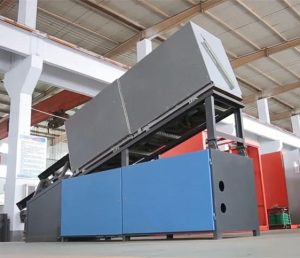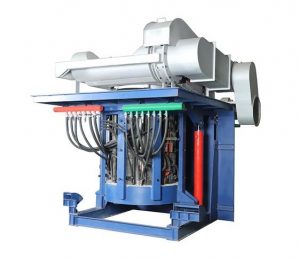Before steel billets can be rolled into bars, wires, or other finished products, they must first be heated to the proper forging temperature. One of the most widely used solutions for this process is the induction billet heater. But how does it actually work, and which factors influence the heating results? Let’s break it down.
Working Principle of Induction Billet Heaters
An induction billet heater relies on the principle of electromagnetic induction. When an alternating current flows through the copper coil, it generates a rapidly changing magnetic field. As a billet passes through this field, eddy currents are induced inside the metal. These currents face resistance within the billet material, and resistance produces heat. As a result, the billet is quickly and uniformly heated to the desired temperature.
In practice, the system consists of an induction coil (inductor) connected to a power source. As the current alternates, the coil continuously creates the magnetic field, which penetrates the billet surface and drives the heating process from the outside inward. Compared with traditional gas-fired furnaces, induction heating delivers higher energy efficiency, faster heating rates, and more precise temperature control.
Why Induction Heating Is Effective
- Fast heating speed – minimizes waiting time and increases throughput.
- Uniform temperature distribution – reduces defects and improves rolling quality.
- Energy efficiency – lowers operating costs by reducing unnecessary heat loss.
- Cleaner process – no combustion gases, making it more environmentally friendly.
These advantages make induction billet heaters especially attractive for modern steel rolling mills aiming to reduce energy costs and improve productivity.
How to Estimate Heating Time
Determining the correct heating time is critical to ensuring product quality. Two main approaches are used:
- Empirical method – Based on experience and experiments with different billet sizes and steel grades. For example, heating formulas often consider billet thickness and material type to set approximate times.
- Theoretical method – Uses heat transfer models to calculate heating duration more accurately. Factors such as billet dimensions, target temperature, thermal conductivity, and heating rate are considered.
By combining both methods, operators can achieve reliable results while optimizing energy usage.
Key Factors Affecting Billet Heating Time
- Steel Type
Different steel grades conduct heat at different rates. For instance, stainless steel has lower thermal conductivity and requires longer heating compared with low-carbon steel.
- Billet Shape and Size
Larger and thicker billets take longer to heat because the heat must penetrate deeper. Complex shapes may also need special heating adjustments to avoid uneven temperature distribution.
- Heating Method
Among heating technologies, induction heating stands out for its precision and speed, while gas furnaces may be more suitable for bulk, less time-sensitive operations.
- Furnace Design
The coil configuration, furnace atmosphere, and insulation all influence heating performance. A well-designed furnace ensures uniform heating and prevents surface oxidation.
- Operating Temperature
Higher furnace temperatures shorten heating time, but overheating risks damaging the billet’s microstructure. Careful control is necessary to maintain steel quality.
- Rolling Process Requirements
Continuous rolling lines demand steady billet temperatures for efficiency. This may require slightly extended heating to ensure uniformity before billets enter the rolling mill.
- Energy Efficiency Considerations
Balancing heating speed with energy consumption is crucial. Excessively long heating reduces efficiency, while too short a cycle may lead to defects. The ideal heating time lies between these extremes.
Conclusion
An induction billet heater offers a reliable, efficient, and eco-friendly solution for steel billet heating. By applying electromagnetic induction, it heats billets rapidly and evenly, helping manufacturers achieve better product quality and lower energy costs. To maximize performance, operators must carefully control heating time while considering billet material, size, furnace design, and production requirements.
For companies involved in steel rolling and forging, choosing the right induction heating furnace can significantly improve production efficiency and overall competitiveness in the global market.
